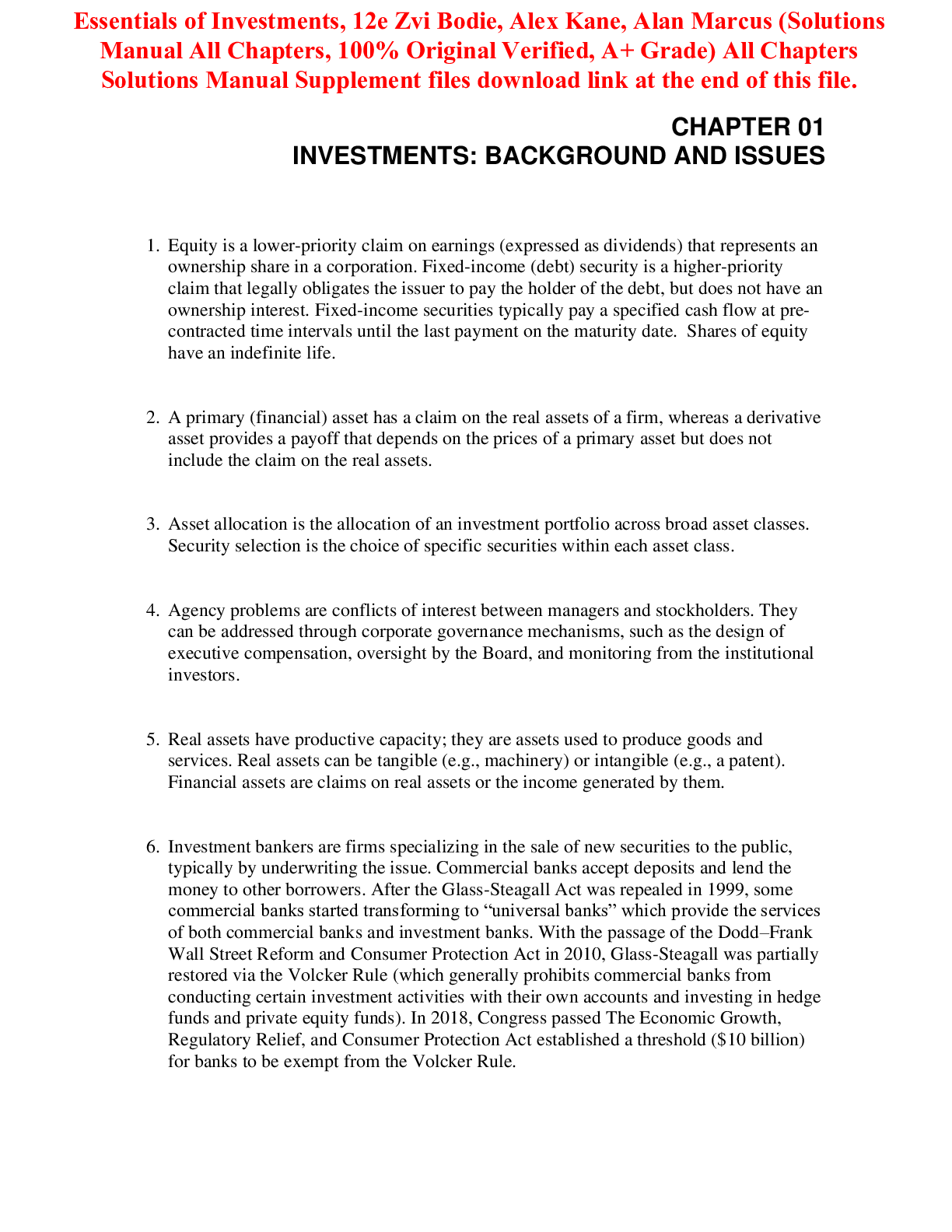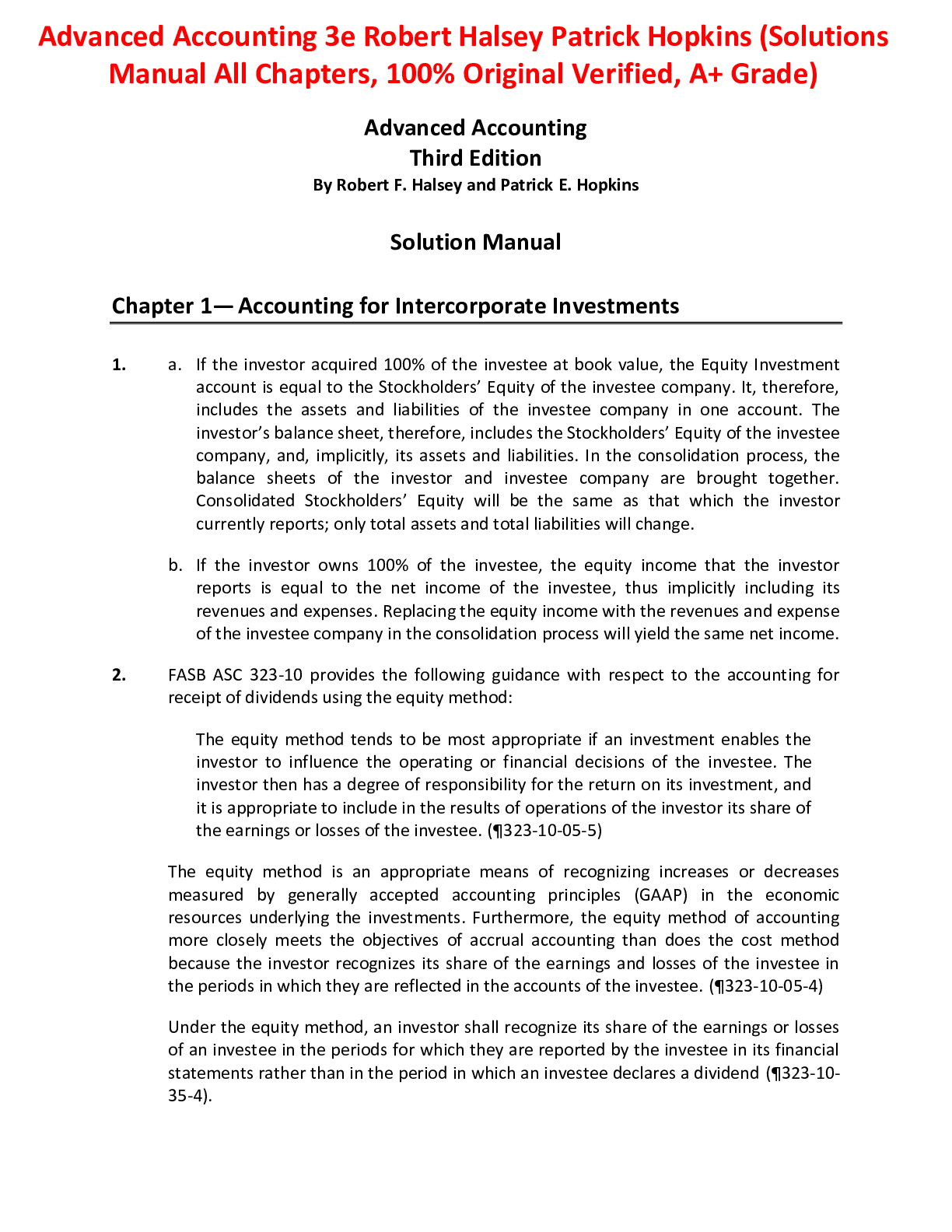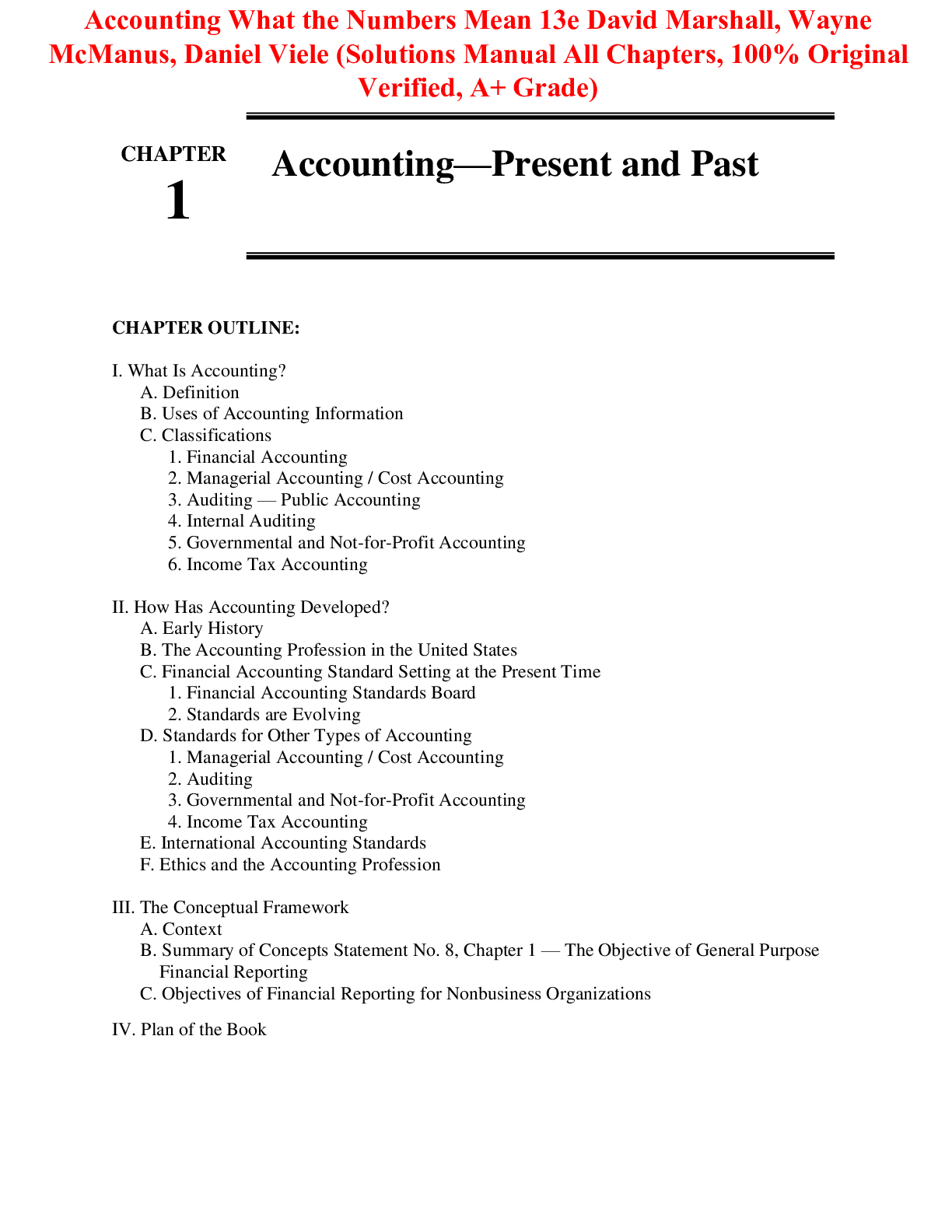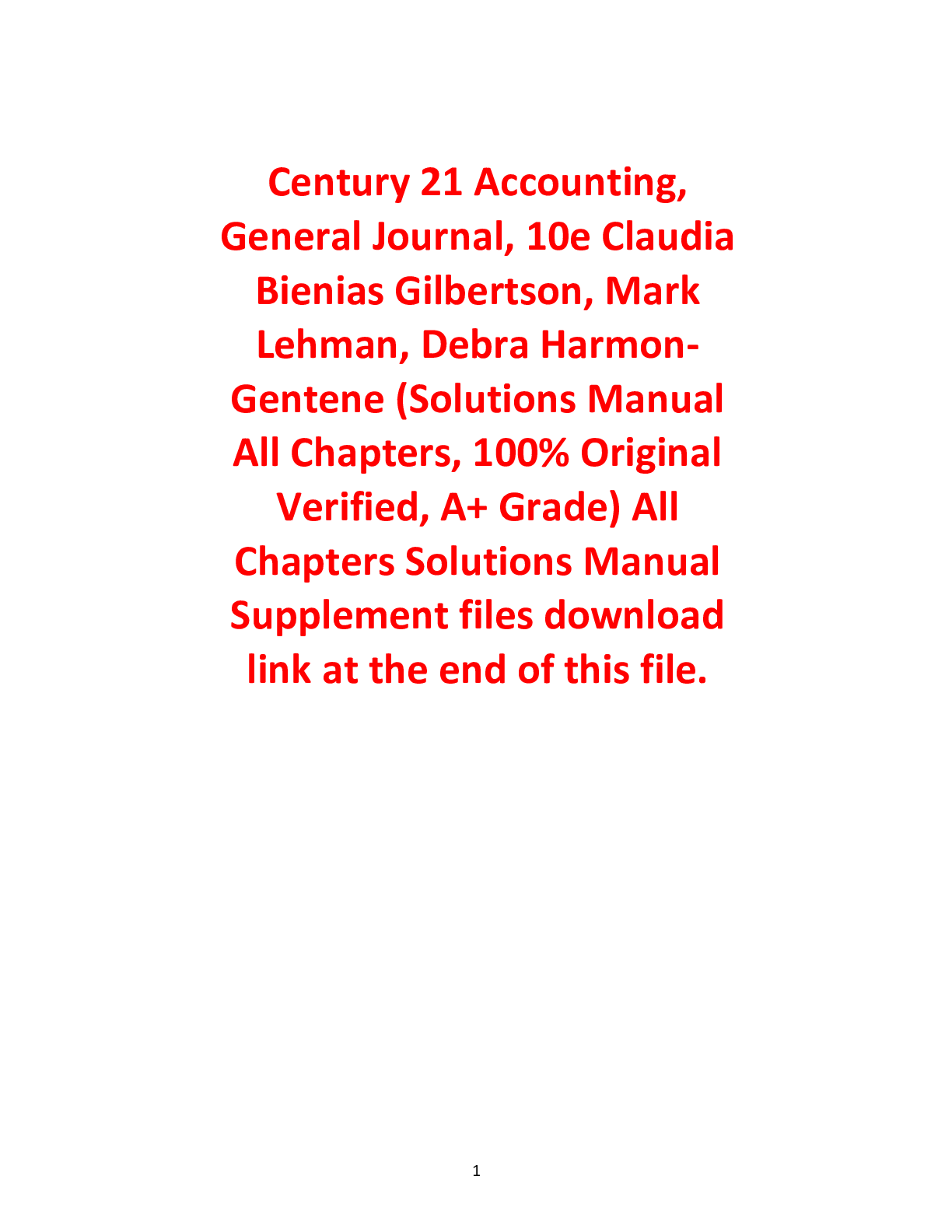Information Technology > SOLUTIONS MANUAL > Systems Analysis and Design, Tenth Edition End of Chapter Solutions. CHAPTER 6 Object Modeling (All)
Systems Analysis and Design, Tenth Edition End of Chapter Solutions. CHAPTER 6 Object Modeling
Document Content and Description Below
Chapter Exercises s Questions 1. What is object-oriented analysis, and what are some advantages of this method? Object-oriented analysis is a popular approach that sees a system from the viewpoint ... of the objects themselves as they function and interact with the system during the implementation phase of the SDLC. Systems analysts and programmers transform the objects into program code modules. A modular approach saves money and time, because the modules can be optimized, tested, and reused as often as necessary. (Page 230) 2. Define an object, and provide three examples. An object represents a real person, place, event, or transaction. For example, when a patient makes an appointment to see a doctor, the patient is an object, the doctor is an object, and the appointment itself is an object. (Page 230) 3. Define an attribute, and provide three examples. Attributes are characteristics that describe the object. For example, if you own a vehicle, it has attributes such as make, model, and color. (Page 230) 4. Define a method, and provide three examples. A method defines specific tasks that an object can perform. Just as objects are similar to nouns and attributes are similar to adjectives, methods resemble verbs that describe what and how an object does something. For example, a student object can register for a course, pay a tuition bill, and submit an assignment. (Page 230) 5. Define encapsulation, and explain how it is used in object-oriented analysis. Encapsulation means that all data and methods are self-contained. By limiting access to internal processes, an object prevents its internal code from being altered by another object or process. Encapsulation allows objects to be used as modular components anywhere in the system, because objects send and receive messages, but do not alter the internal methods of other objects. (Page 236) 6. Define polymorphism, and provide three examples. Polymorphism is the concept that a message can have different meanings to different objects. For example the message GOOD NIGHT signals the PARENT object to read a bedtime story, but the same message to the DOG object tells the dog to go to sleep. The GOOD NIGHT message to the CHILD object signals it to get ready for bed. (Page 235)Systems Analysis and Design, Tenth Edition Page 2 of 43 7. Define a class, subclass, and superclass, and provide three examples of each. A class is a group of similar objects. Subclasses are more specific categories within a class. A superclass is a more general category into which a class falls. For example, a NOVEL class belongs to a superclass called BOOK, because all novels are books. The NOVEL class can have subclasses called HARDCOVER and PAPERBACK. Students be able to suggest many more examples of this concept. (Pages 236 - 237) 8. Define an actor, and provide three examples. An actor is an external entity that initiates a use case by requesting the system to perform a function or process. For example, in a medical office system, a PATIENT (actor) can MAKE AN APPOINTMENT (use case). In a library, a library patron member can borrow a book, and in an auto shop, a mechanic actor can perform tasks. (Page 239) 9. Define a use case and a use case diagram, and prepare a sample of each. A use case represents the steps in a specific business function or process. A use case diagram is a visual summary of related use cases within a system or subsystem. One example is an auto service department. The operation involves customers, service writers who prepare work orders and invoices, and mechanics who perform the work. Example of a use case diagram for an auto service department: (Page 239; 241)Systems Analysis and Design, Tenth Edition Page 3 of 43 10. Define the term black box, and explain why it is an important concept in object-oriented analysis. Can you think of other black boxes that you use in everyday life? An object can be viewed as a black box, because a message to the object triggers changes within the object without specifying how the changes must be carried out. One advantage to using a black box approach is that you do not need to think about how the object performs a task, as long as it does so properly. (Page 235) Discussion Topics 1. The chapter mentioned that systems analysts and programmers transform objects into program code modules that can be optimized, tested, and reused. Modular design is a very popular design concept in many industries. What other examples of modular design can you suggest? Examples might include the following: Car manufacturers that offer options that customers can add or remove when they custom-order a vehicle; or computer vendors that allow customers to pick and choose hardware and software options to build a customized computer system. 2. You are an IT consultant, and you are asked to create a new system for a small real estate brokerage firm. Your only experience is with traditional data and process modeling techniques. This time, you decide to try an object-oriented approach. How will you begin? How are the tasks different from traditional structured analysis? After the initial research is completed, you would identify all possible actors and objects and determine how they will interact with one another. Because this method integrates data and processes into objects, it differs from structured analysis, which treats data and processes as two separate concepts. 3. You are creating a system for a bowling alley to manage information about its leagues. During the modeling process, you create a state transition diagram for an object called LEAGUE BOWLERS. What are the possible states of a league bowler, and what happens to a bowler who quits the league and rejoins the following season? The possible states of a league bowler might include: Potential (signed up but has not been sanctioned), Active (signed up, sanction fees paid), Suspended (Delinquent in dues), Former (quit league or delinquent beyond reasonable limit). 4. A debate is raging at the IT consulting firm where you work. Some staff members believe that it is harder for experienced analysts to learn object-modeling techniques, because the analysts are accustomed to thinking about data and processes as separate entities. Others believe that solid analytical skills are easily transferable and do not see a problem in crossing over to the newer approach. What do you think, and why? Some experienced analysts find it difficult to change their way of thinking; others grasp the object-oriented approach easily. Many analysts recognize the current trend toward objectoriented analysis and design, but differ in their views about the value of object-oriented methodology. Projects 1. Search the Internet for information about the history and development of UML. Students should have no difficulty locating this information. A recent search using the phrase “History of UML” produced many results, several of which are shown in the following screen:Systems Analysis and Design, Tenth Edition Page 4 of 43 2. Contact the IT staff at your school or at a local business to learn whether the organization uses object-oriented programming languages. If so, determine what languages and versions are used and why they were selected. The results should be interesting. Many organizations use Visual Basic, C++, and Java. If students cannot determine whether object-oriented languages are used, you might suggest that they perform some research on the Internet to learn more about the growth and popularity of various programming languages. 3. Search the Internet for information about groups and organizations that support and discuss object-oriented methods and issues. As in Project 1, students should have little difficulty in locating information by using standard search techniques. 4. Search the Internet for information about CASE tools that provide UML support. In Google and many other search engines, it is possible to base a search on more than one phrase, or a phrase and one or more additional terms. For example, the following screen shows the results of a Google sear [Show More]
Last updated: 1 year ago
Preview 1 out of 43 pages
.png)
Reviews( 0 )
Document information
Connected school, study & course
About the document
Uploaded On
Aug 22, 2022
Number of pages
43
Written in
Additional information
This document has been written for:
Uploaded
Aug 22, 2022
Downloads
0
Views
109
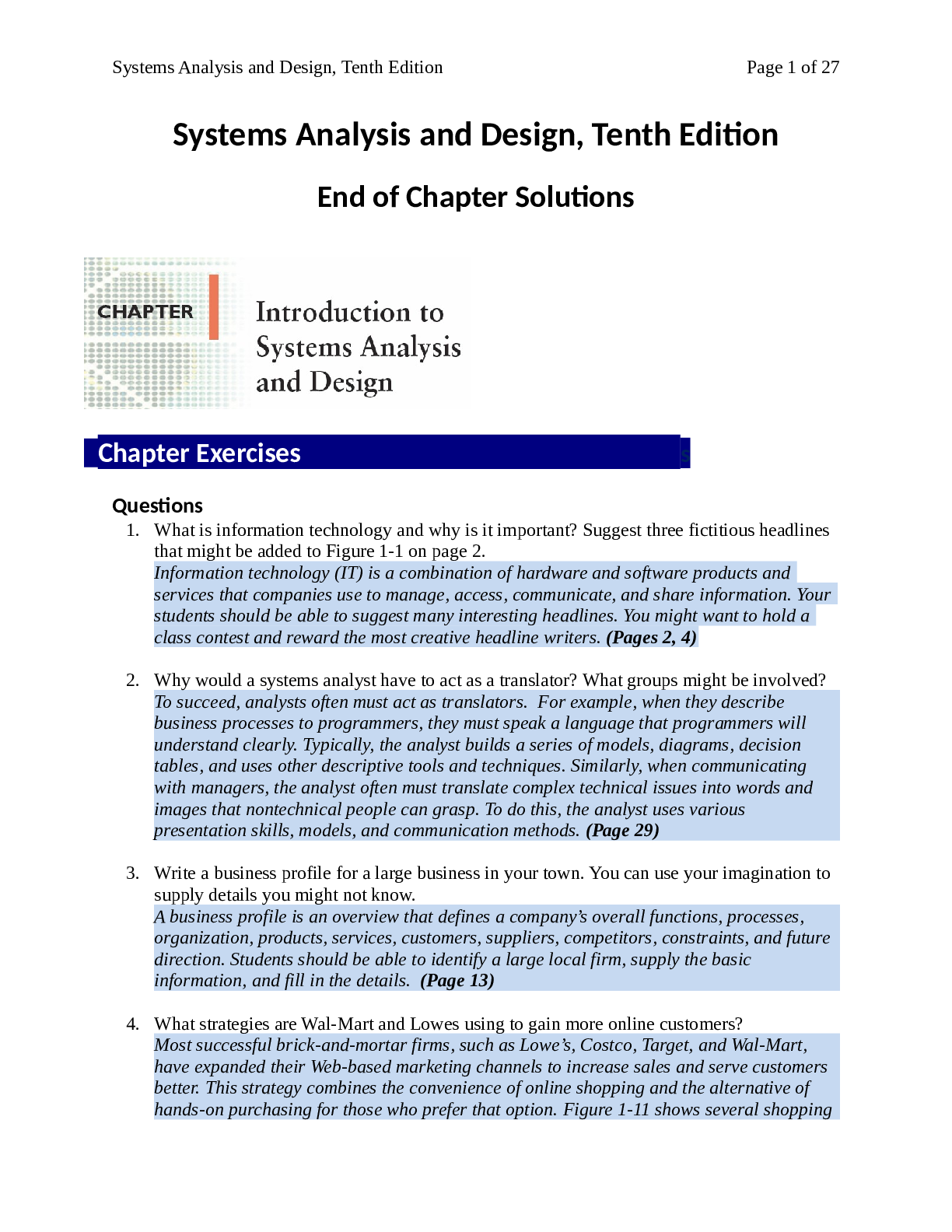

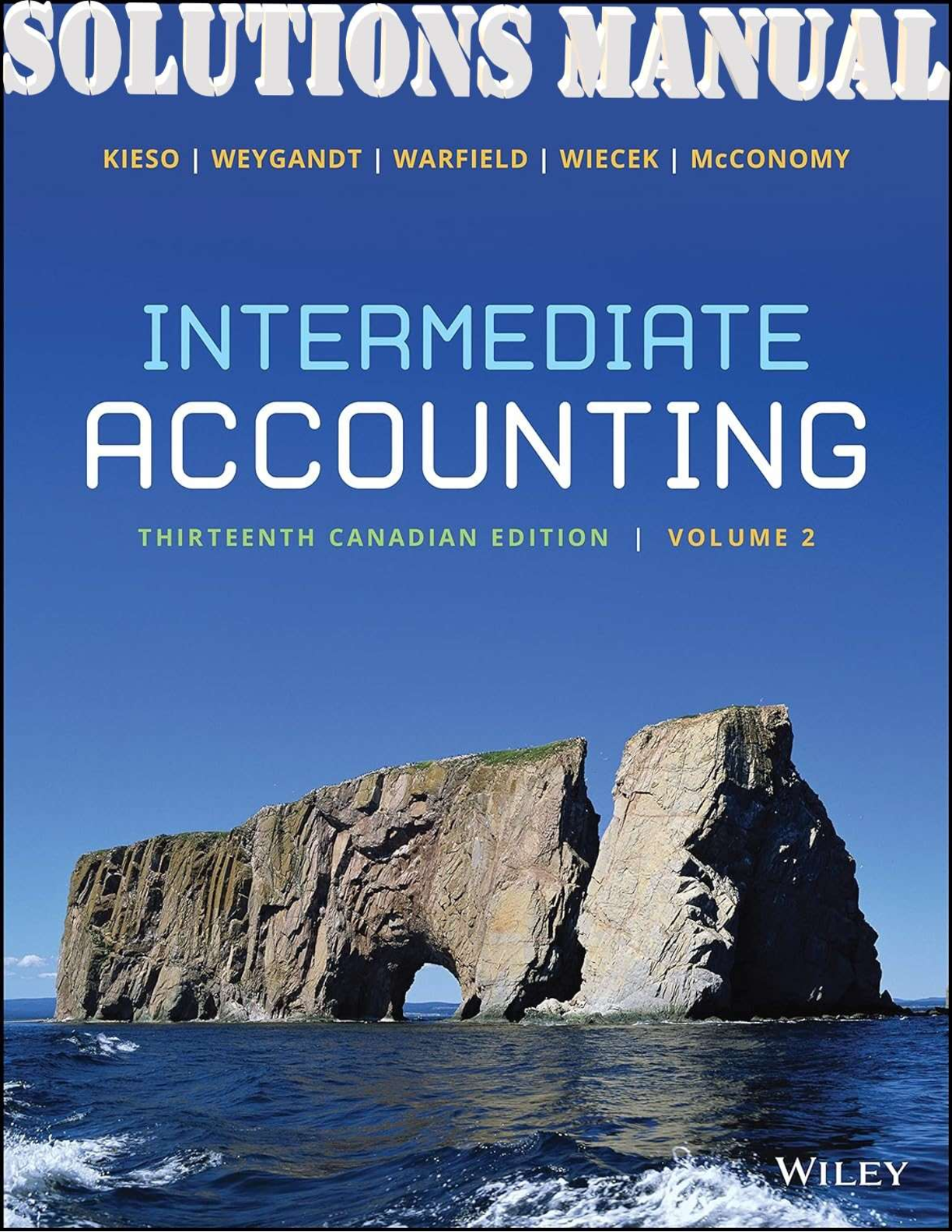
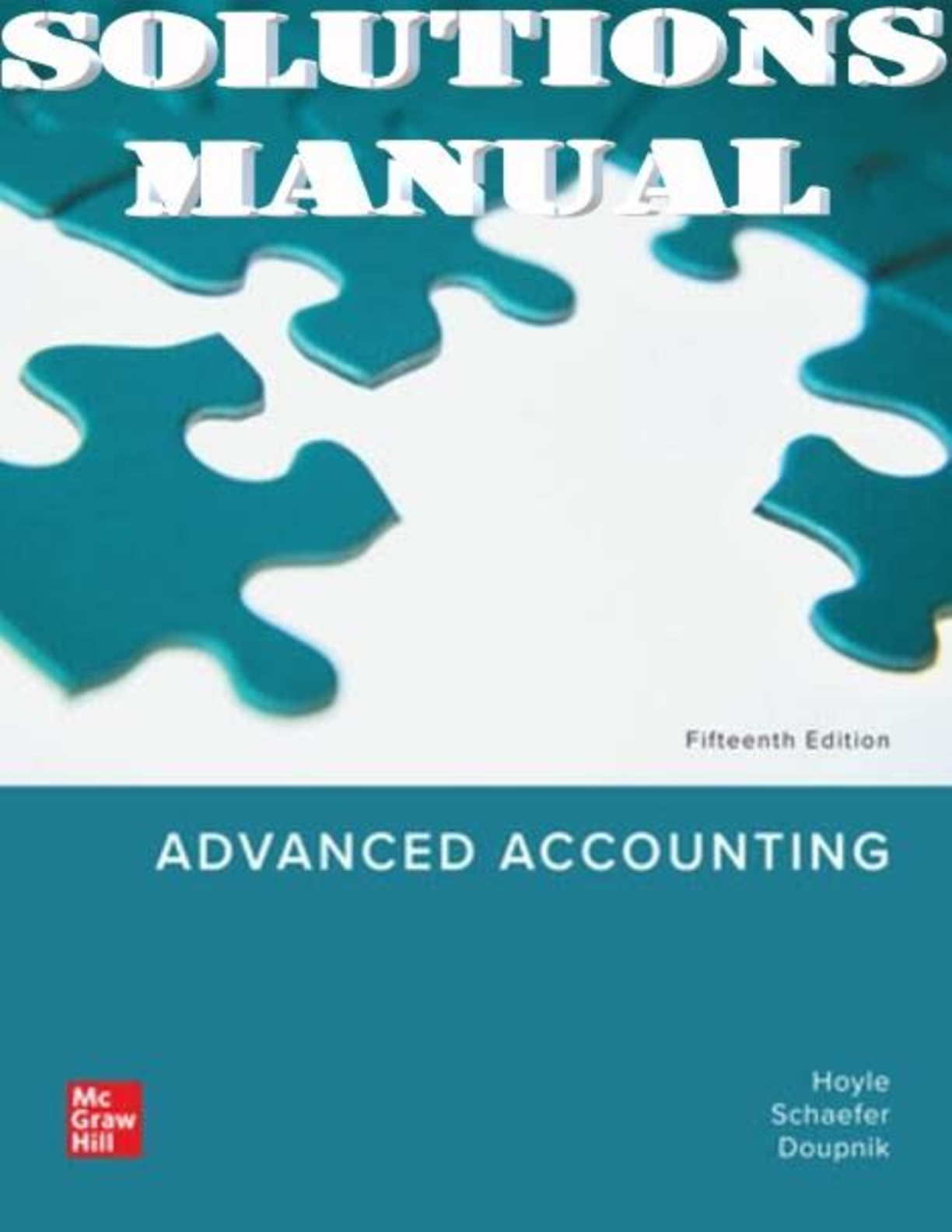
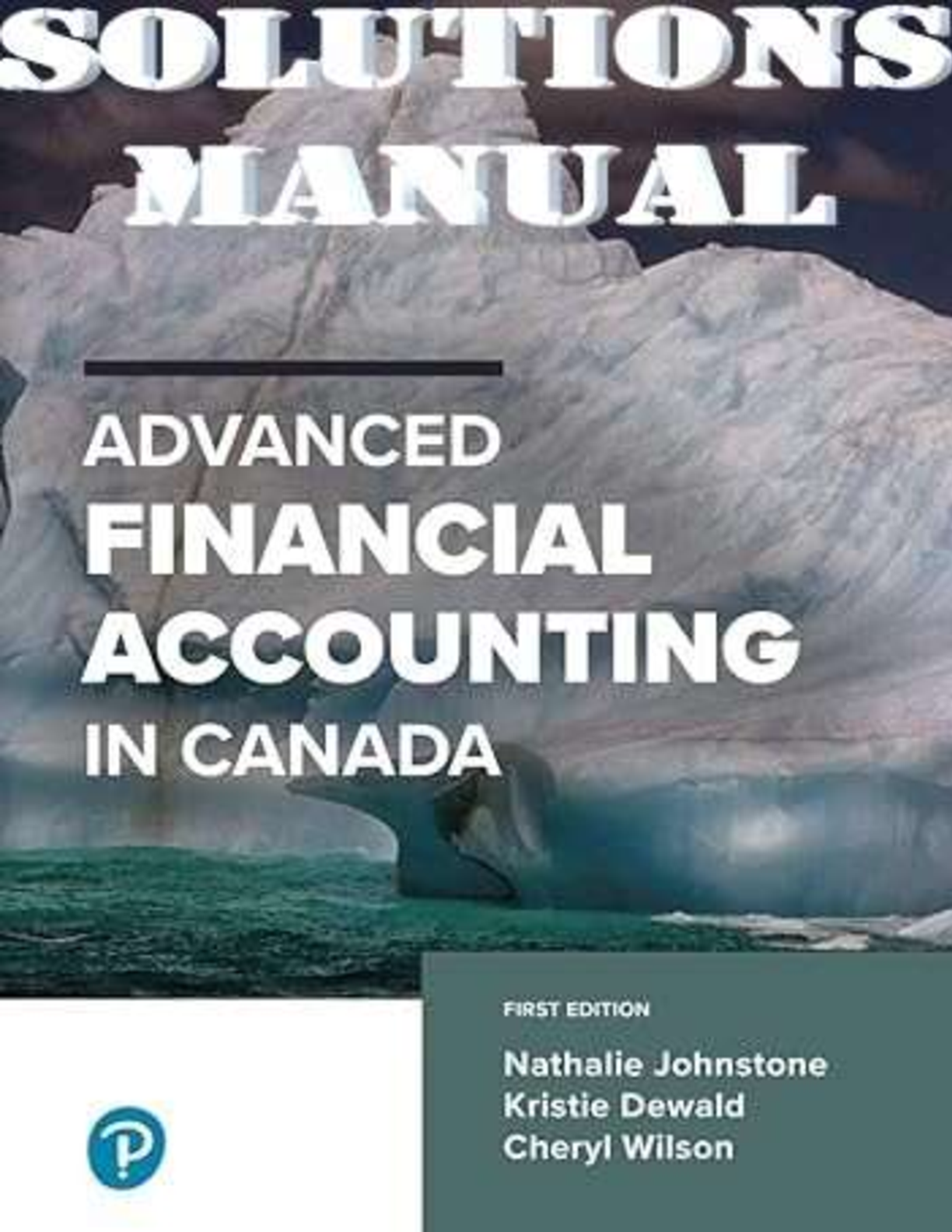
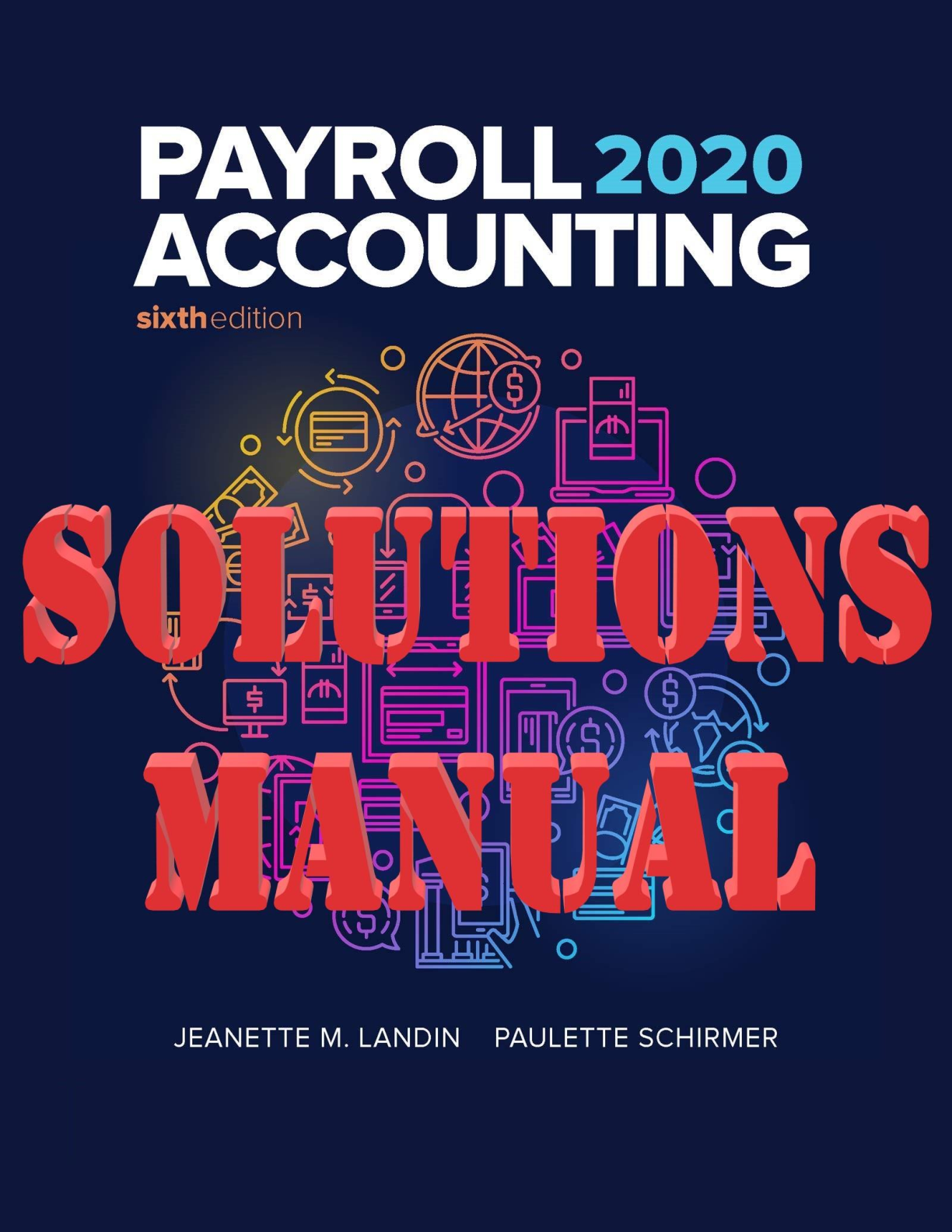

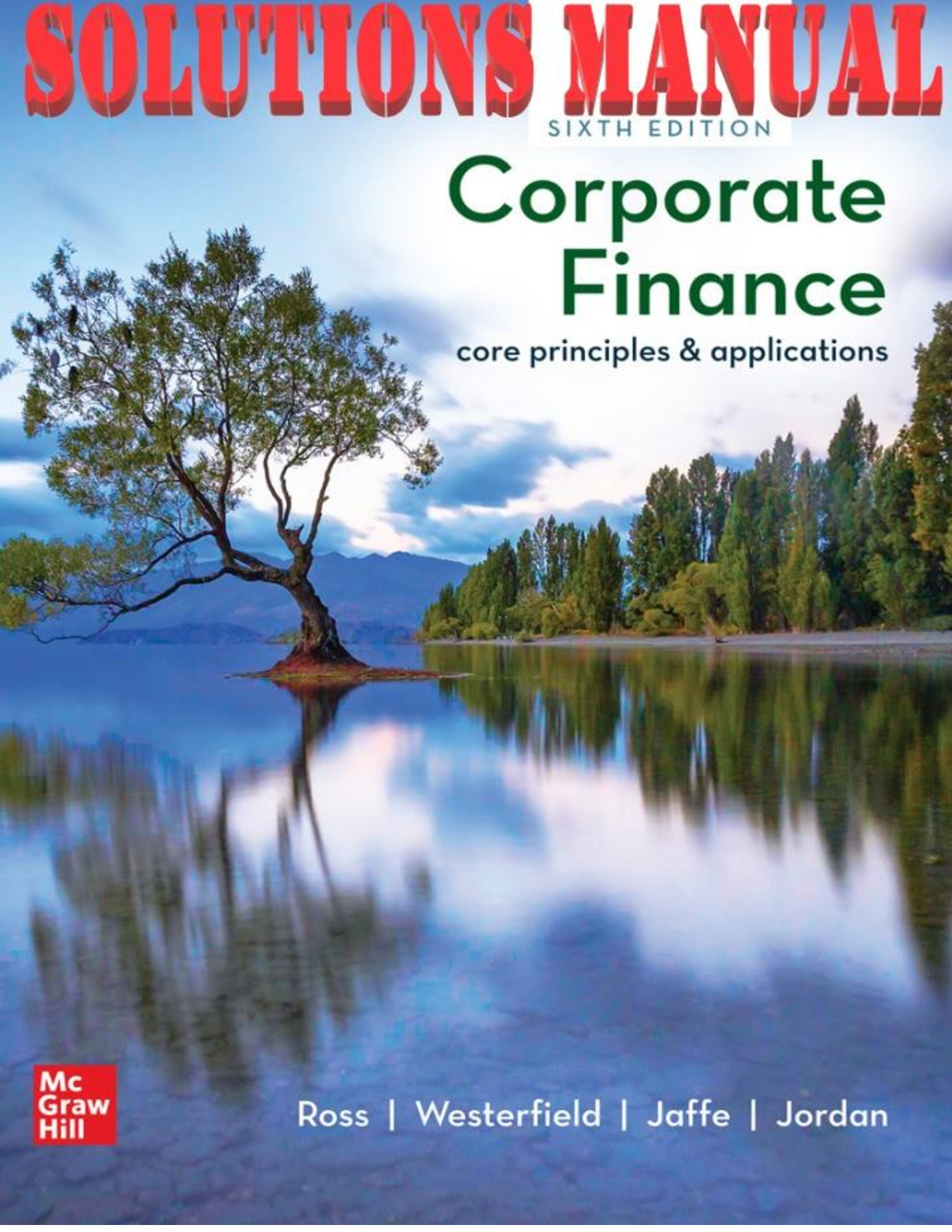
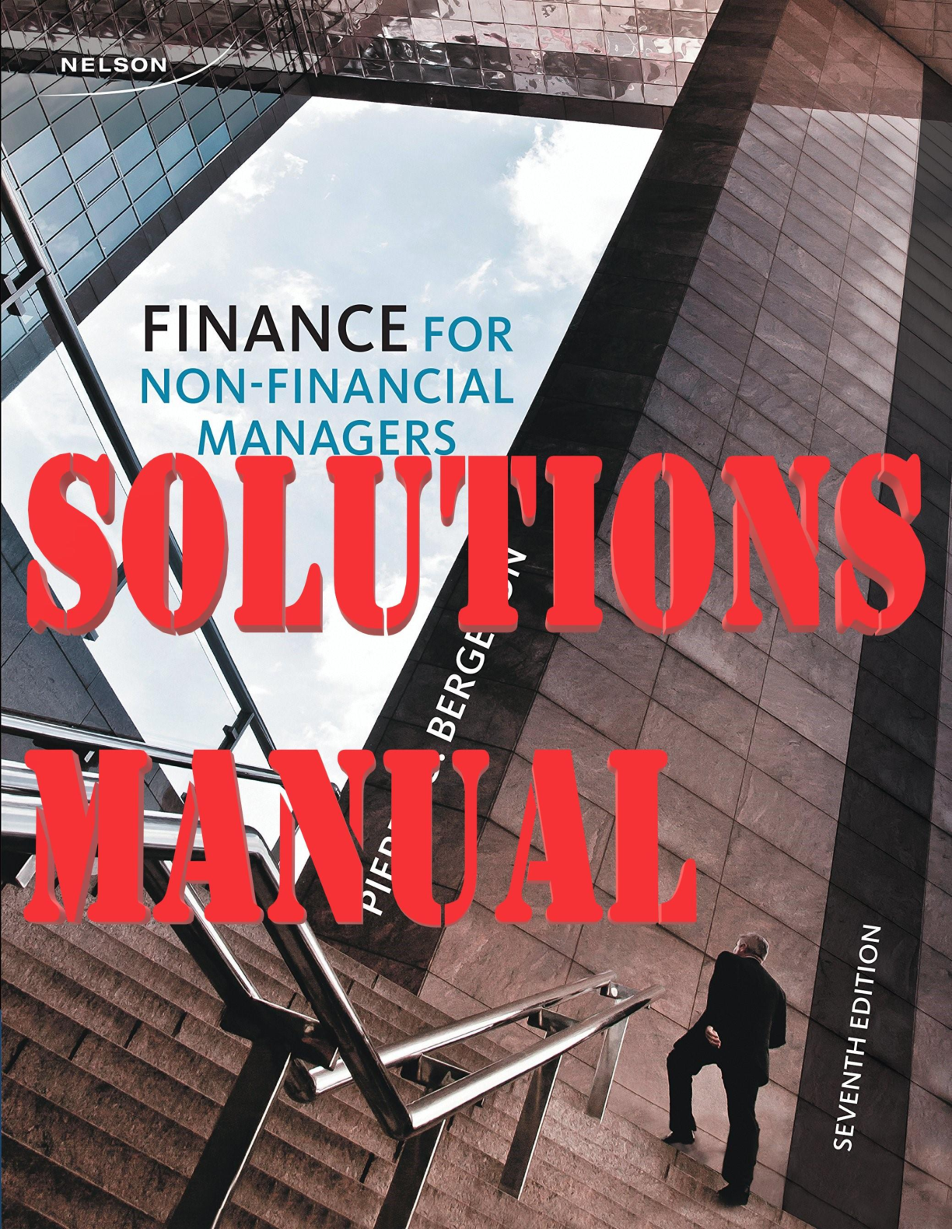



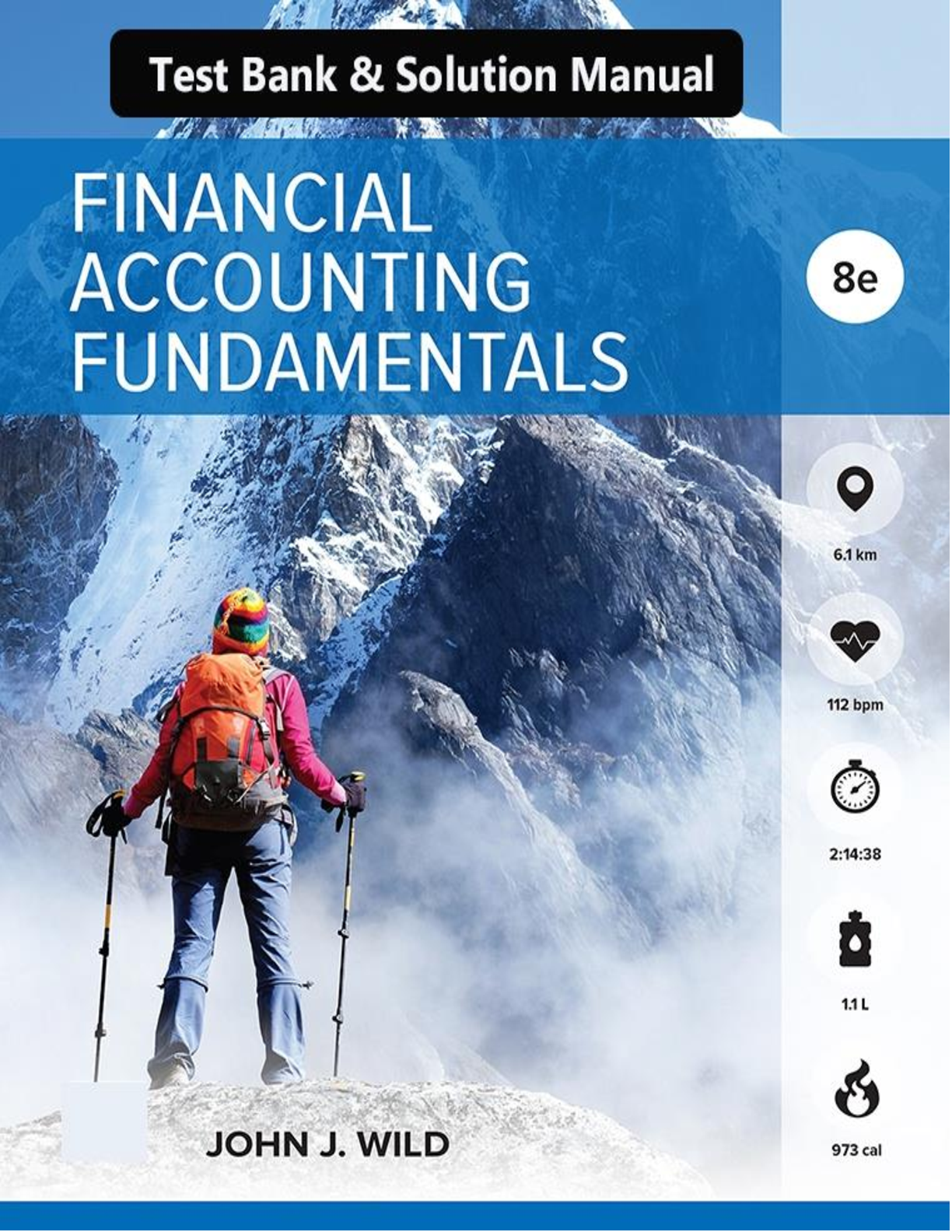
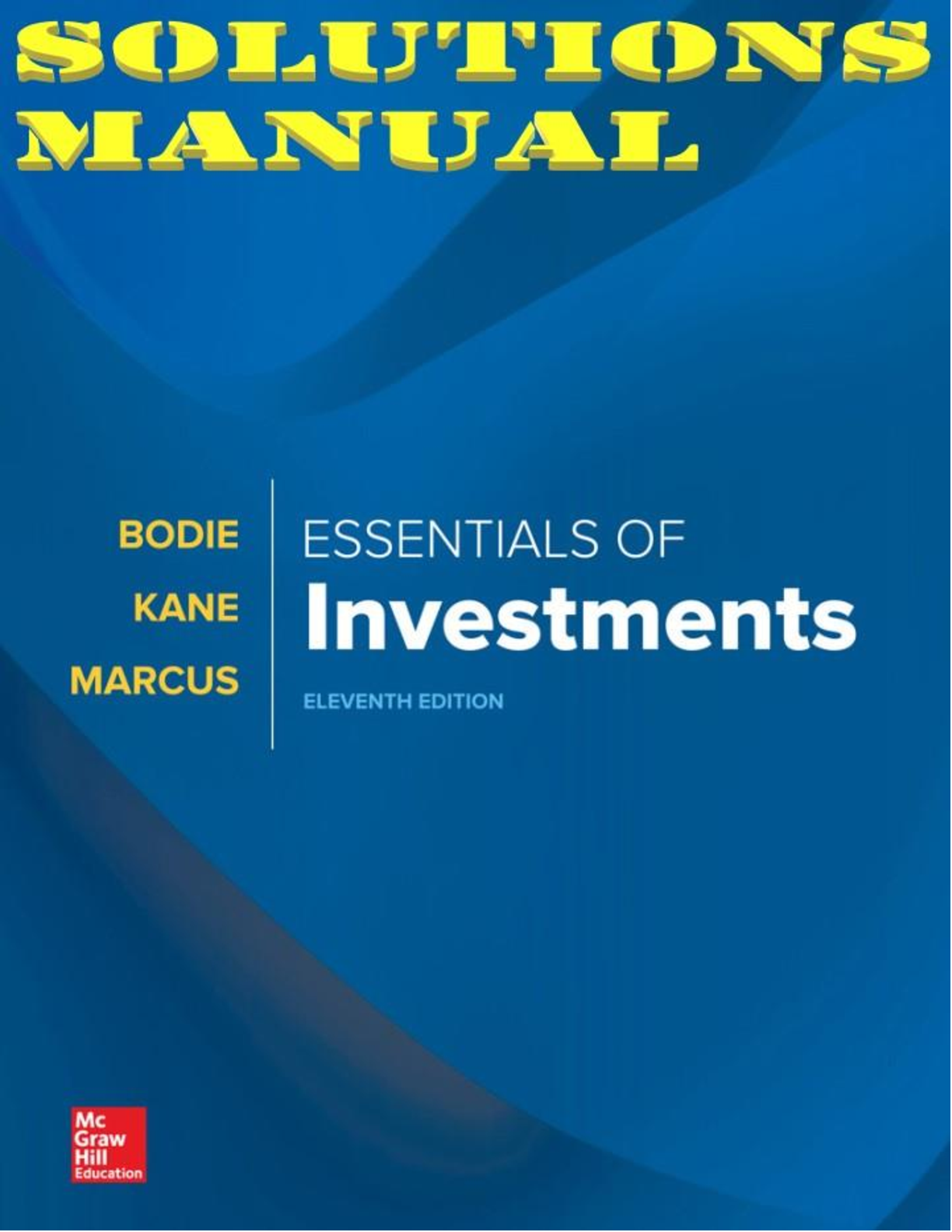
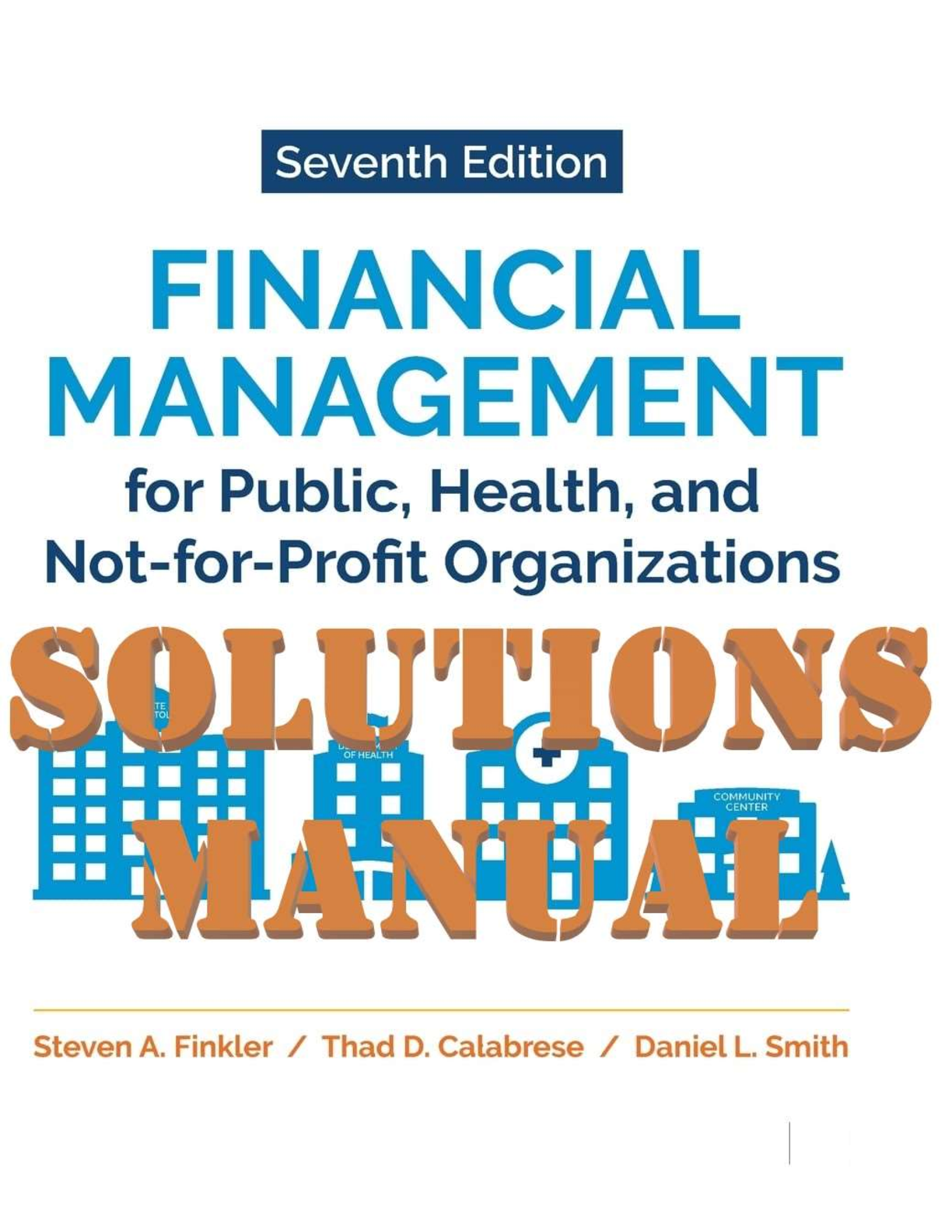

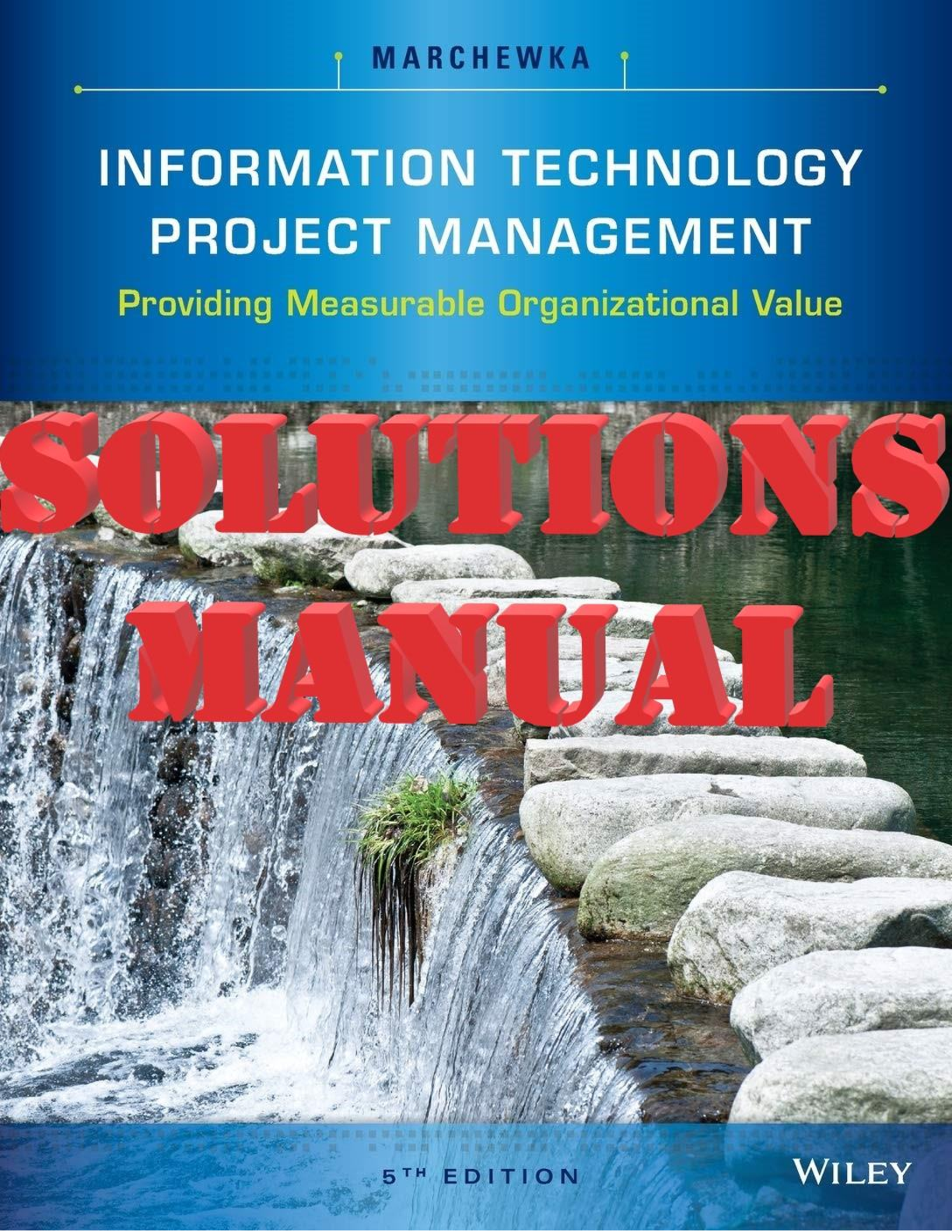
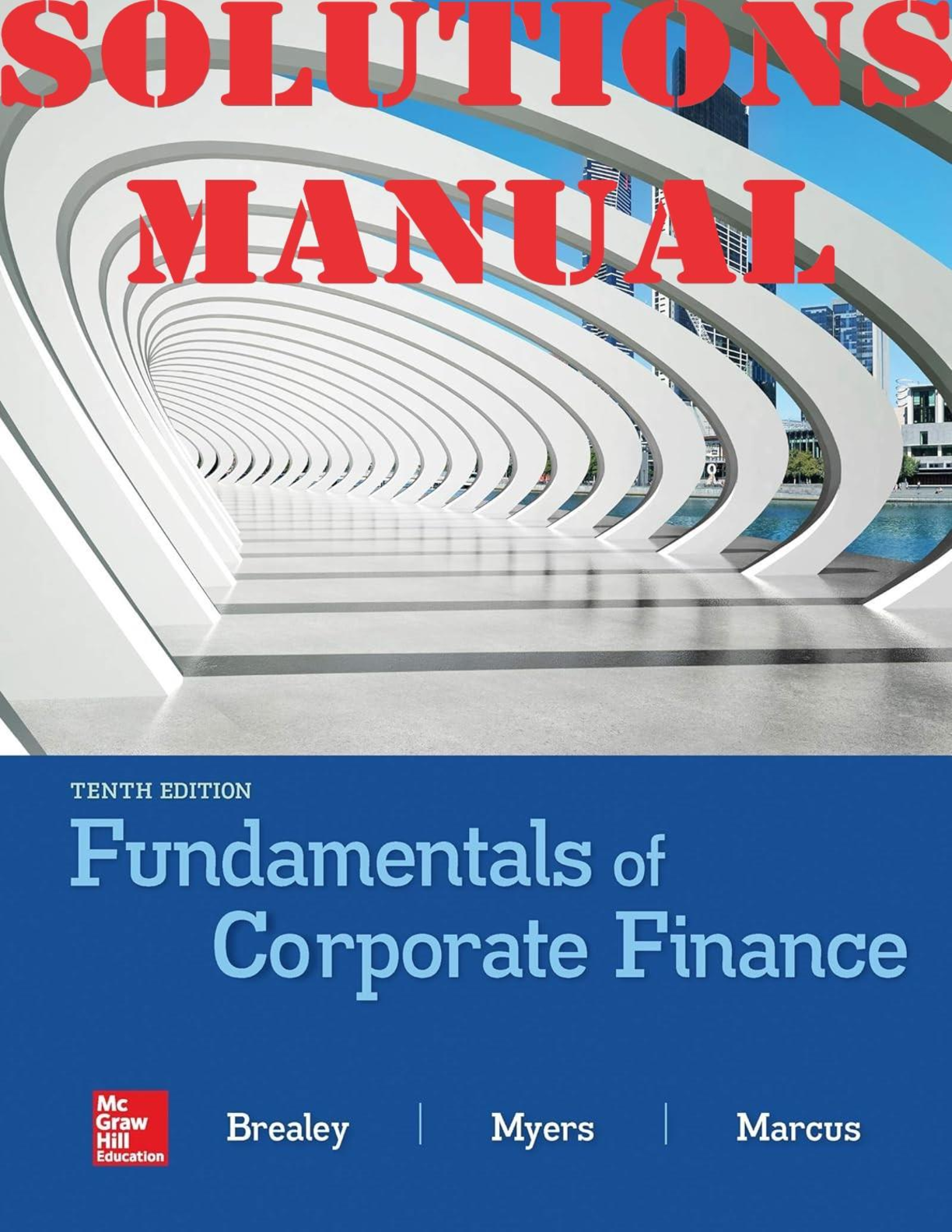
.png)
.png)
.png)
.png)
.png)
.png)
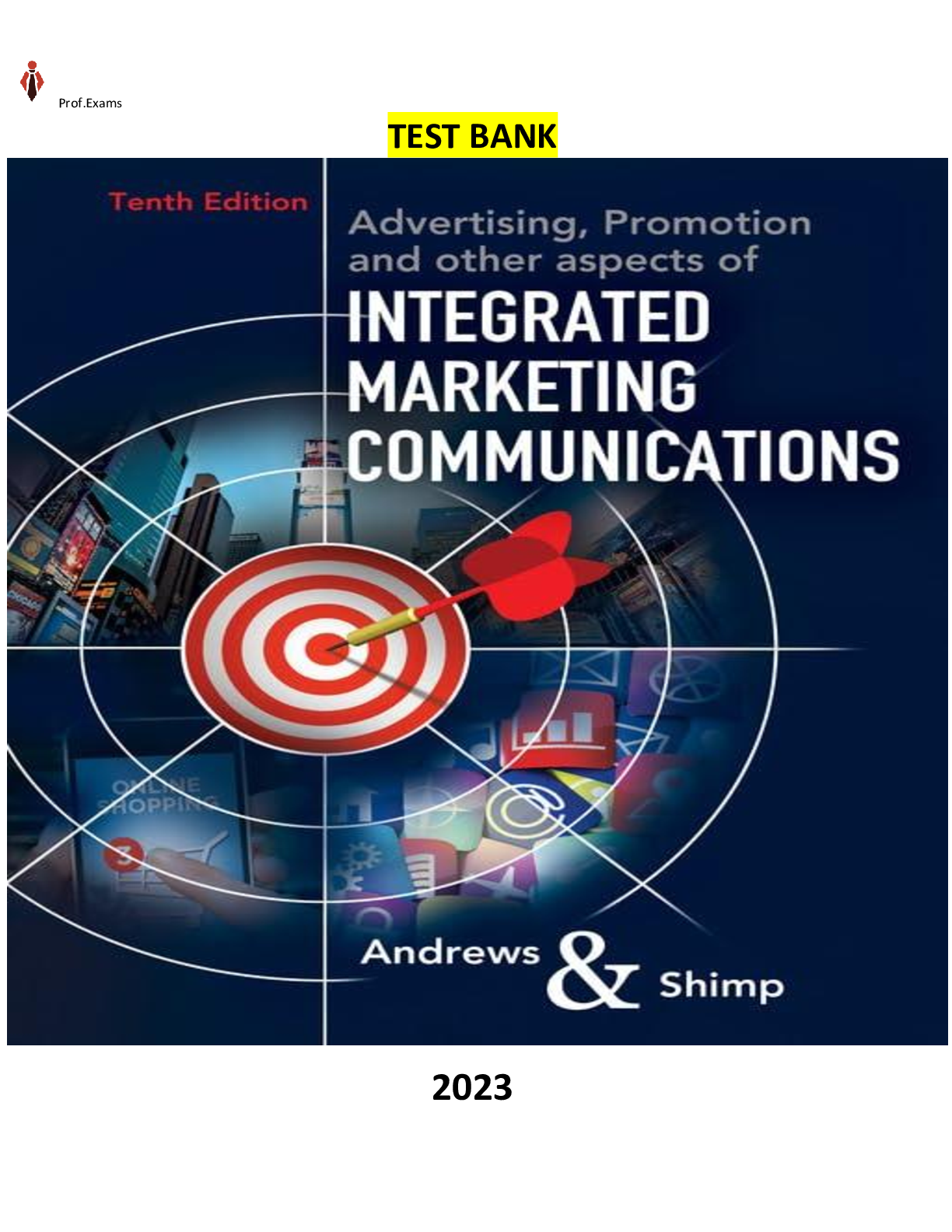
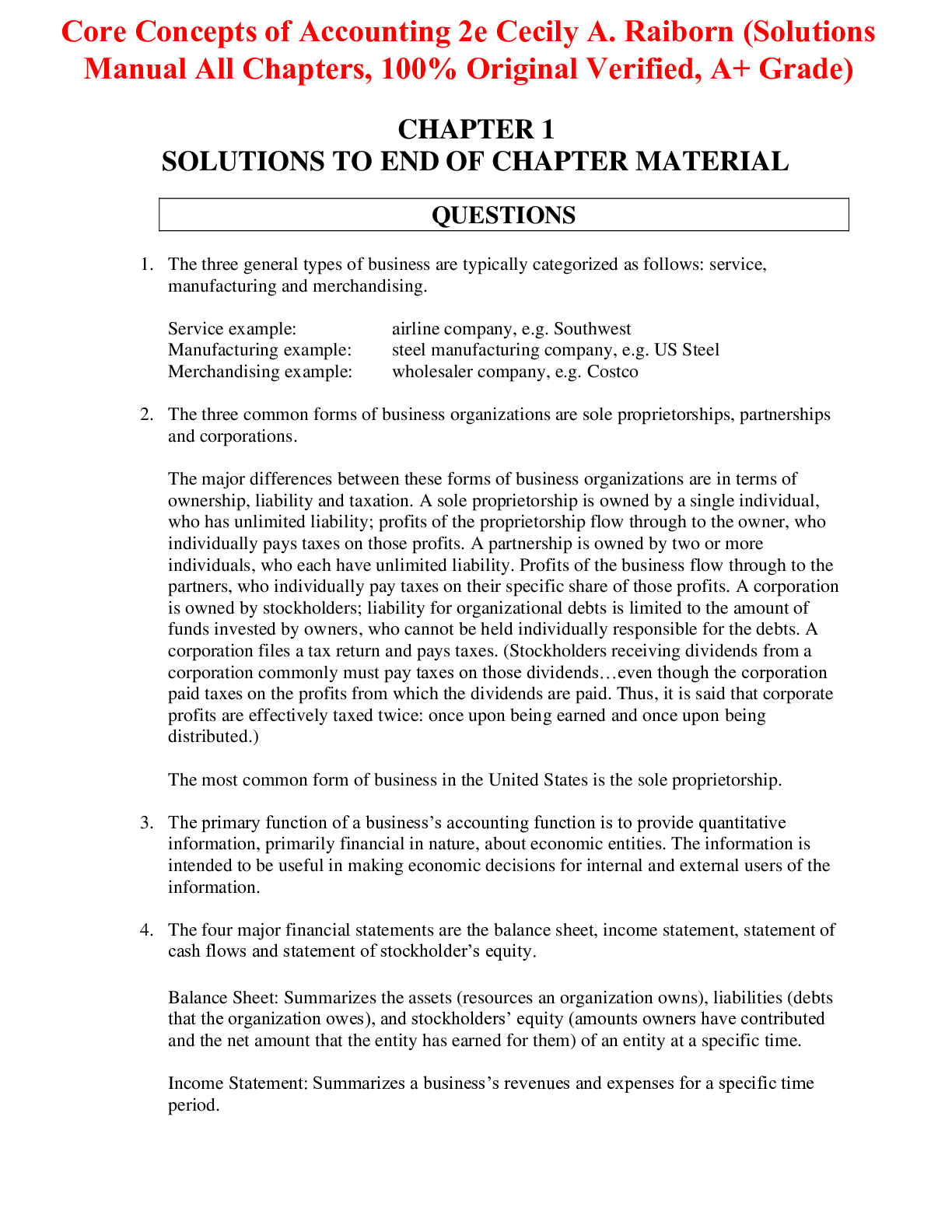
 Ken Leo, Jeffrey Knapp, Susan McGowan, John Sweeting (Solutions Manual).png)
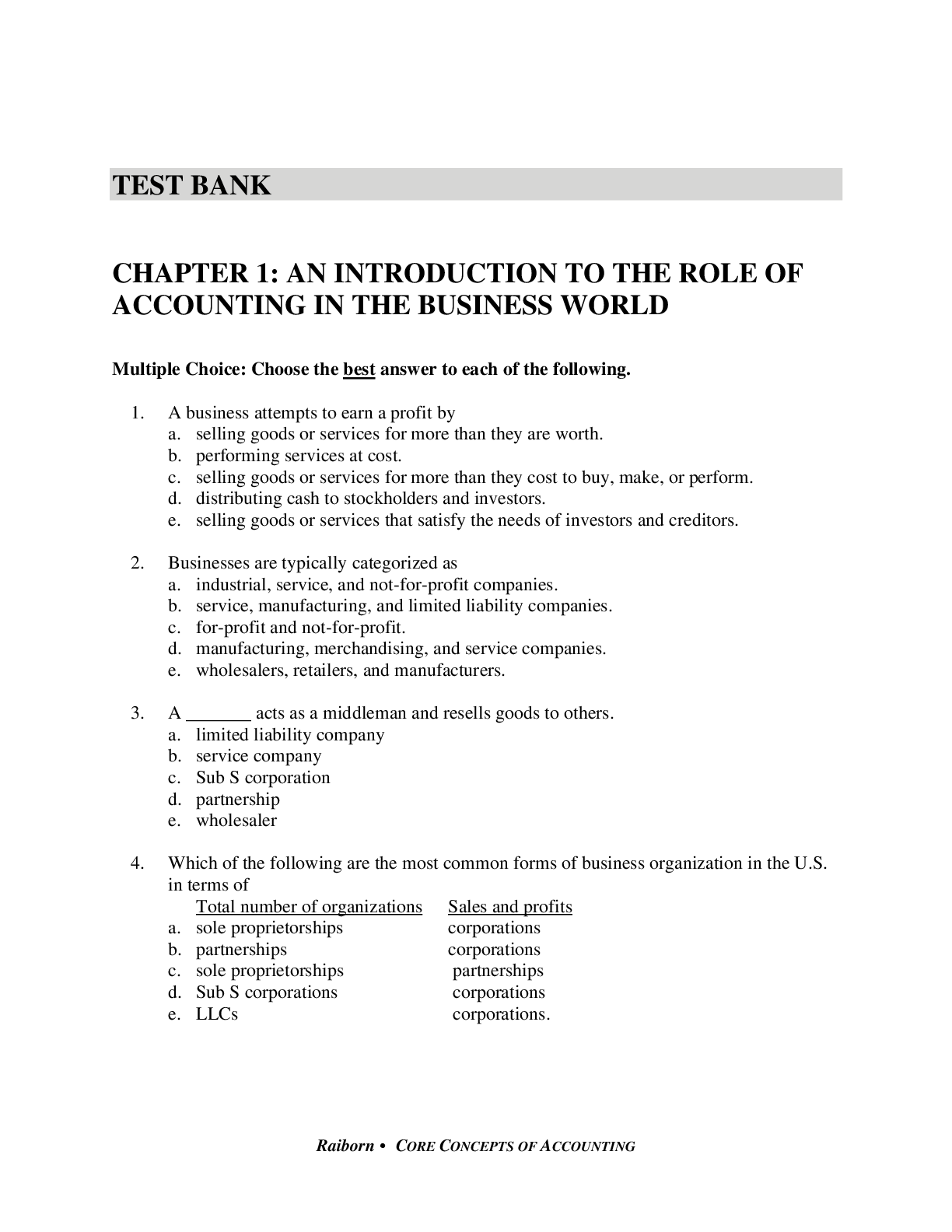
 Rankin Stanton, McGowan Ferlauto, Tilling (Solutions Manual).png)

